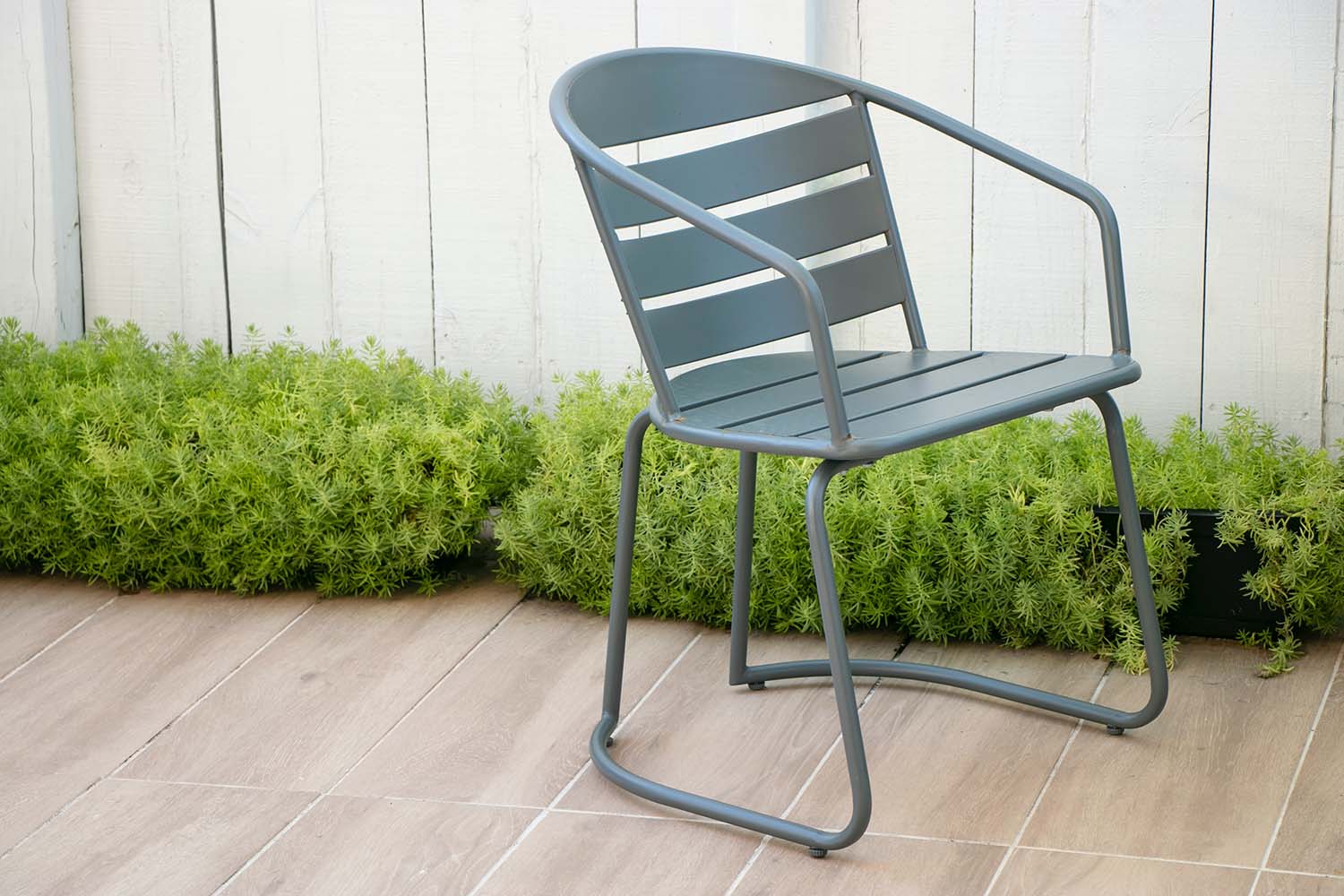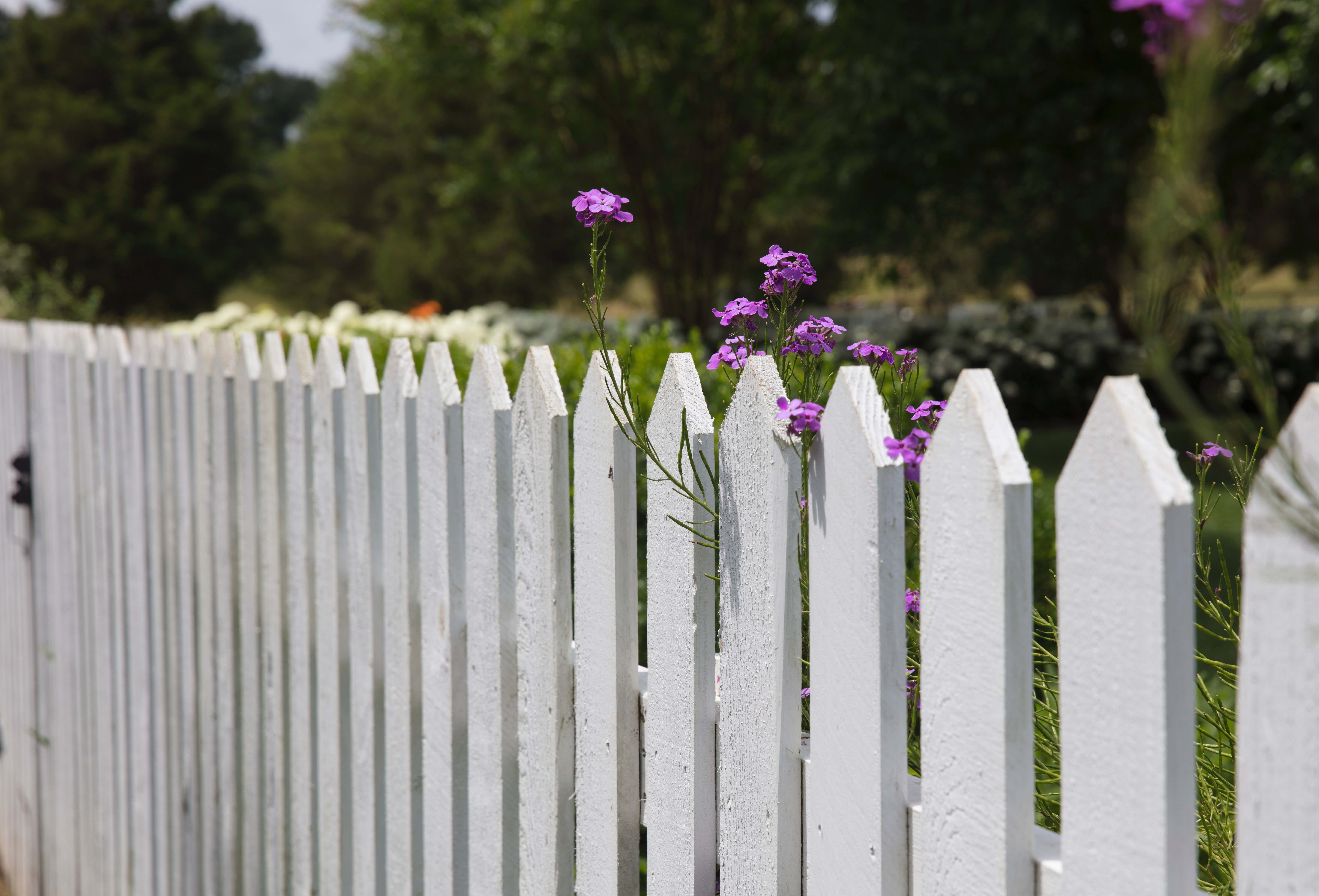As summer is right on our doorstep, we’re starting to spend more time outside the house in your garden, enjoying the warm weather with our family and friends. You might have already spruced up your porch, brought your lawn back to life, and got the barbecue all ready but still feel that something is missing.
Perhaps the missing part is an impressive fence installation as a way to protect your property and allow you some privacy. As you might need some help figuring this out, we went through the simple steps of planning, preparing, and installing a fence.
Planning Stage
— Check Rules and Regulations: The first thing you ought to do in the planning stage is some research and check the municipal laws and regulations. There might be certain requirements and restrictions when installing your fence and you’ll most likely need to obtain a building permit.
Certain cities require specific fence details, such as materials and designs, so have them prepared beforehand to be on the safe side.

Photo, Enrique Ortega Miranda.
— Think About the Fence’s Primary Function: An important question you need to ask yourself is what you want the fence to do. Is it to keep your kids and pets safe, get more privacy, or just simply make the garden look more beautiful and organised? The function of the fence ultimately comes down to your needs and the function it will perform.
For instance, if you want more privacy, opt for a fine-trellis or a solid-panel fence as it will block any unwanted views. If, on the other hand, you are concerned with the security of your children and pets while they play outside in the yard, and there is a lot of traffic in the neighbourhood where you live, a high fence comes as a preferable option.
— Decide on Access Points: The primary goal of having a fence is that it should serve you. Before proceeding with the instalment, you should decide where you and your family will be passing through and what the fence access points will be used for. Will it only be intended for people passing through or also for wider objects such as a vehicle or even a lawnmower?
The answers to these questions will guide you in the right direction to deciding the type and width of fence gates you will install. Having multiple or at least two access points is practical and comes highly recommended for emergencies.

Photo, Randy Fath.
Preparation Stage
— Property Line: Marking your territory and making sure that you install the fence on your side of the property lines is one of the essential parts of the preparation stage. Locating and measuring the property line beforehand will help you obtain the exact length of the fence, and you’ll get the chance to visualise where the doors and gates can be placed.
If you fail to mark your property line, it might only land you in trouble and the authorities can even demolish your fence even if you have extended it by an inch.
— Talk To The Neighbours: At this stage, a good thing would be to inform your neighbours about your fence project, having them reassured that you’ll respect the property line. If you’re on good terms, they might also be ready and willing to get in on this project to separate your properties and split the costs equally.
However, know that even if the fence benefits your neighbour, they have no obligation to chip in and pay for half the costs.
Installation Stage
— Choosing Your Materials: How you choose the fence material comes down to the purpose of the fence and your budget. Most fences are built of wood, while composite is another variant.
The most common wood material many choose is pressure-impregnated pine or ordinary spruce. The pressure-impregnated wood gives longer durability and is perfect for those who want to keep the wood colour.
One of the eco-friendly alternatives is composite – a mixture of plastic and cellulose. It is a smart alternative to wood, as it is recyclable and has a long life. It requires low maintenance and you use environmentally friendly plastic in the product, which increases the attractiveness of the fence.
If you build a fence of spruce, you should paint the boards to protect the wood, giving the fence a longer life. Fences are also made of other types of wood, such as oak, but this is not as common.

Photo, Daniel Chekalov.
— Getting the Right Help: Unless you want to do a DIY project, it is wise to choose a professional fence company with a good background that will complete a physical inspection, offer you top-notch assistance and written estimates.
Read up on client reviews and recommendations and find the best alternative that suits your needs and budget.
Final Thoughts
A fence can make a world of difference in the aesthetics of a property, and more importantly its function. Plan out the fence project by conducting thorough research and think about the role you want the fence to have.
In addition, respect your neighbours and the property line so that you can comfortably carry on with the project by choosing solid materials and getting the right help to install the perfect fence.








